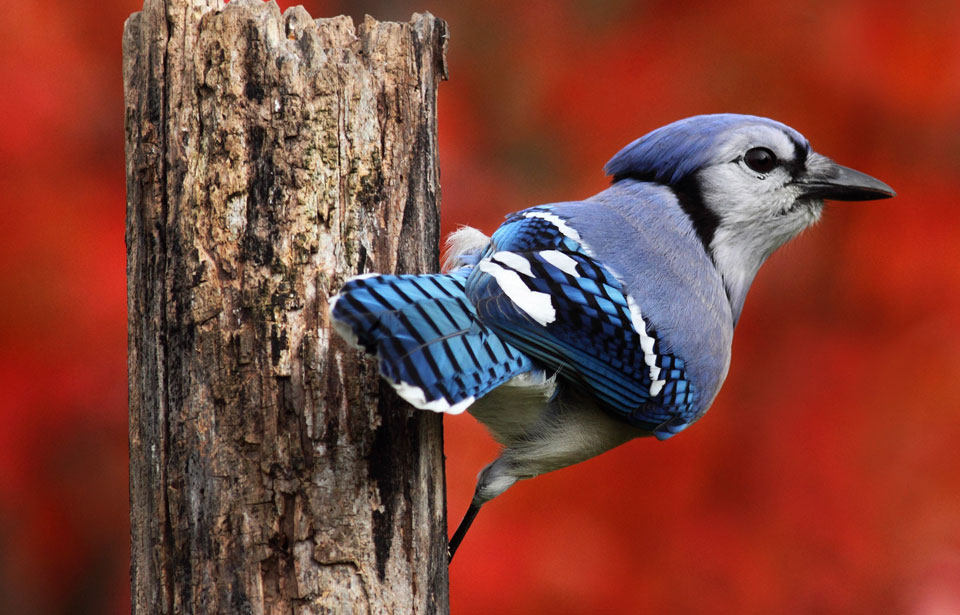Revitalize a fragmented forest by enhancing its border with fruit-, nut-, and seed-bearing native plants. This lush vegetation will do double duty as a songbird buffet and as a buffer to cowbirds, predators, and other hazards. An improved forest border will also have an “edge effect” — separating habitats inside and outside the forest while forming a distinct third habitat where they converge. Different species will flourish in each habitat.
- Base your strategy on the amount and quality of vegetation missing. Seek the advice of a forestry expert. As a rule, the wider the edge, the better it will work as a buffer and life-support system.
- Keep in mind that natural forests have irregular, not straight, edges. A typical border has a layered look and consists of trees with vines twining up their trunks, then a strip of small trees and shrubs, followed by a field or other open area.
- Select a variety of native plants for each layer with a view to each species’ sun, soil, and moisture requirements (forest edges are usually sunny spots). Ideal trees for songbirds include maples, oaks, black cherry, balsam-fir, hickory, and American beech. Climbing vines that will furnish both food and cover are wild grape, virgin’s-bower, bittersweet, Virginia creeper, and trumpet honeysuckle. Some small trees and shrubs that will offer a bountiful feast include mulberry, hawthorn, crab-apple, common juniper, highbush blueberry, staghorn sumac, winterberry, elderberry, chokecherry, gooseberry, and mountain ash.
- If possible, water the trees, shrubs, and vines during droughts and weed out competing vegetation in the first few years.



